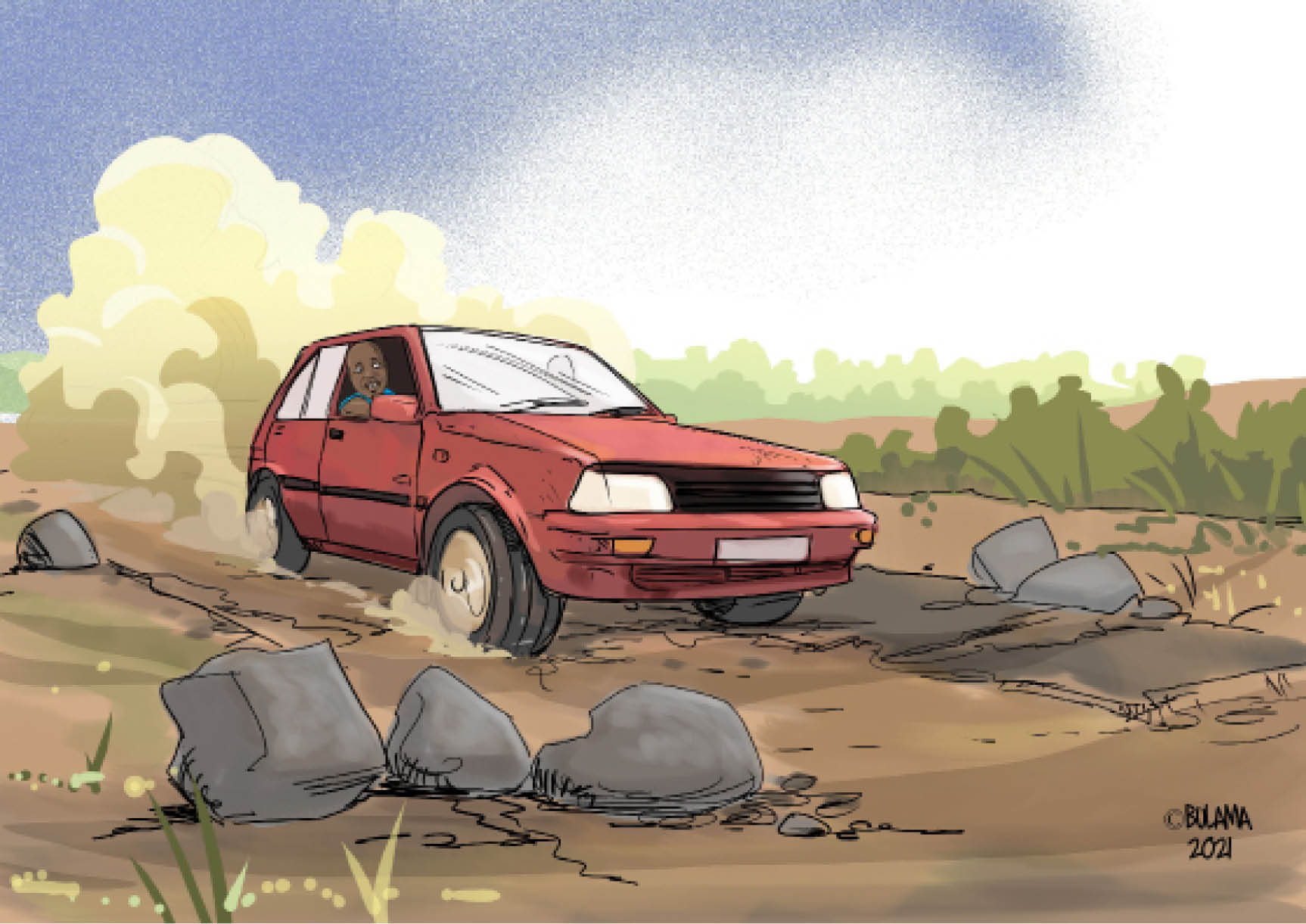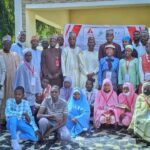During our evening editorial meeting on Thursday, February 18, 2021, our Editor-in-Chief, Mallam Naziru Mikailu, sought a volunteer from among us (line editors) who would travel to Kagara for an on-the-ground report on the security situation in the area.
When he put up the question, no finger was raised except incredulous glances at one another. Then turning towards me with his trademark smile, Hamza Idris, our editor, suggested that, “I trust Mac-Leva can go; it has been a while he travelled out on such assignment.”
- Super Eagles set to fly over Squirrels of Benin
- Sunday Igboho not legitimate freedom fighter – Ibadan chief
His reference reminded me of two of such “risky” assignments. In March, 2014, when the lingering crisis between Tiv farmers and Fulani herders in Benue State reached a boiling point with scores of villagers fleeing for safety, I travelled to the frontline areas where I ventured into the “territories” of the Fulani and Tiv in search of refugees.
Also, in June, 2016, I undertook a four-hour motorcycle ride from Makurdi to the “dreaded” heartland of Agatu where farmers and herders had earlier clashed, leaving behind a lifeless land.
Back to the editorial meeting. Although I initially vacillated and hesitated over Hamza’s suggestion, I became emboldened by the journalistic dictum which posits that: “Journalism is the act of attempting the impossible…”
Therefore, I volunteered to travel to Kagara as an act of attempting the impossible in order to get an amplified on-the-ground account of the situation in the area.
My recent trip to Kagara was a sequel to the infamous abduction of students and staff members of Government Science College, as well as 53 passengers in mass transit buses.
I spent my first night in Minna, the Niger State capital, on Sunday, February 21. That night there were speculations that the kidnapped victims of the Government Science College had been released.
While journalists (including myself) kept vigil at the Government House, Minna, for updates, it turned out that those released were the 53 passengers, including 20 women and nine children, aboard the Niger State Transport Authority (NSTA) buses that were on February 14, abducted by bandits in Kundu village near Zungeru in the Yakila District of Rafi Local Government Area of the state.
Governor Abubakar Sani Bello of Niger State officially confirmed the release of the abductees that Sunday night via his official Twitter handle saying: “We are pleased to announce to the general public the release of the NSTA passengers abducted a week ago while returning to Minna along the Minna-Zungeru Road.”
Gov Bello, while addressing the media after meeting with the released victims, debunked earlier rumours of the release of the Kagara school victims, but assured that the state government was working hard to ensure their release.
Sights and sounds of Kagara
The journey to Kagara from Minna should not take more than an hour, according to Musa whose taxi I boarded, but it lasted two and a half hours; no thanks to the dusty, pothole-riddled road. After Maikunkele, the headquarters of Bosso LGA which ends at Kudu, the remaining part of the journey from Wushishi leading to Kagara, the headquarters of Rafi LGA, was a lonely adventure.
With almost no vehicle coming towards or behind us, I was awestruck by the possibility of an ambush either by armed robbers or bandits. This fear was reinforced by stories told by my driver, Musa.
Apart from some locals trekking to and from their farms, streams, or heading towards neighbouring villages, we occasionally encountered motorcycles coming from the opposite direction.
“Aside from bandits, armed robbers have also terrorised commuters severally on this road. They can strike anytime. Many commercial drivers and other commuters have deserted the road for fear of attacks,” Musa told me.
Boulders stand guard on all sides of the road to Kagara. As we approached the sprawling community, I got attracted by these encircling geological formations which beautiful sight provided me with momentary relief from the rough and hectic journey. But therein lay the paradox. Far from serving as security shields for residents of this historic community that was founded as an organised settlement as far back as 1852, these rocks, according to the locals, provide sanctuaries for bandits and other criminal elements that have been tormenting the area for the past nine years.
My first port of call was the Government Science College where students, staff and others were abducted. The principal of the college would not speak with me because he was not authorised to do so, but allowed me to go round and see things for myself.
Indeed, there was much for me to see and tell about a school abandoned and ravaged by the erosion of helpless tears! The staffroom was filled with rifle-wielding policemen who were said to have been redeployed after the abduction.
At the Rafi LGA Secretariat, six military trucks were seen within the premises with soldiers virtually occupying the legislative chamber. They were also said to have been deployed following the abduction.
Socio-economic activities grounded
Although it used to be a bustling community, residents of Kagara who interacted with me during my three-hour stay lamented that insecurity occasioned by armed robbery and banditry had crippled socio-economic activities in the area.
Sheriff Abdullahi (35), a business proprietor, said people were leaving the community to safer places.
Abdullahi said, “Only recently, a couple that owns a restaurant sold their shop, house and left,” adding that schools and health facilities had also been closed for a very long time.
Abdulkadir Kagara, the Secretary of Kagara Emirate Council, traced the genesis of the security problem to between late 2012 and early 2013 starting with cattle rustling, followed by kidnapping in 2014, and that the situation was worsened from 2016, culminating in killings, arson, burgling of shops and theft of motorcycles and other personal belongings.
According to Kagara, as of November, 2020, the number of people killed due to kidnapping and other forms of insecurity in the area was about 190, with 141 others hospitalised and about 18,000 animals rustled.
In addition, he said, no fewer than five traditional rulers were kidnapped, including a district head and two village heads that were killed, even as the whereabouts of one district head had remained unknown since December last year.
After being fed with stories of arson, kidnapping and robbery in Kagara, I embarked on the return journey to Minna with Musa, my driver, with my heart in my mouth. Again, we waded through the plethora of potholes that made the trip sickening. Much to my chagrin, Musa kept narrating stories of robbery and bandit attacks on the road until we eventually returned to Minna before dusk.

 Join Daily Trust WhatsApp Community For Quick Access To News and Happenings Around You.
Join Daily Trust WhatsApp Community For Quick Access To News and Happenings Around You.

